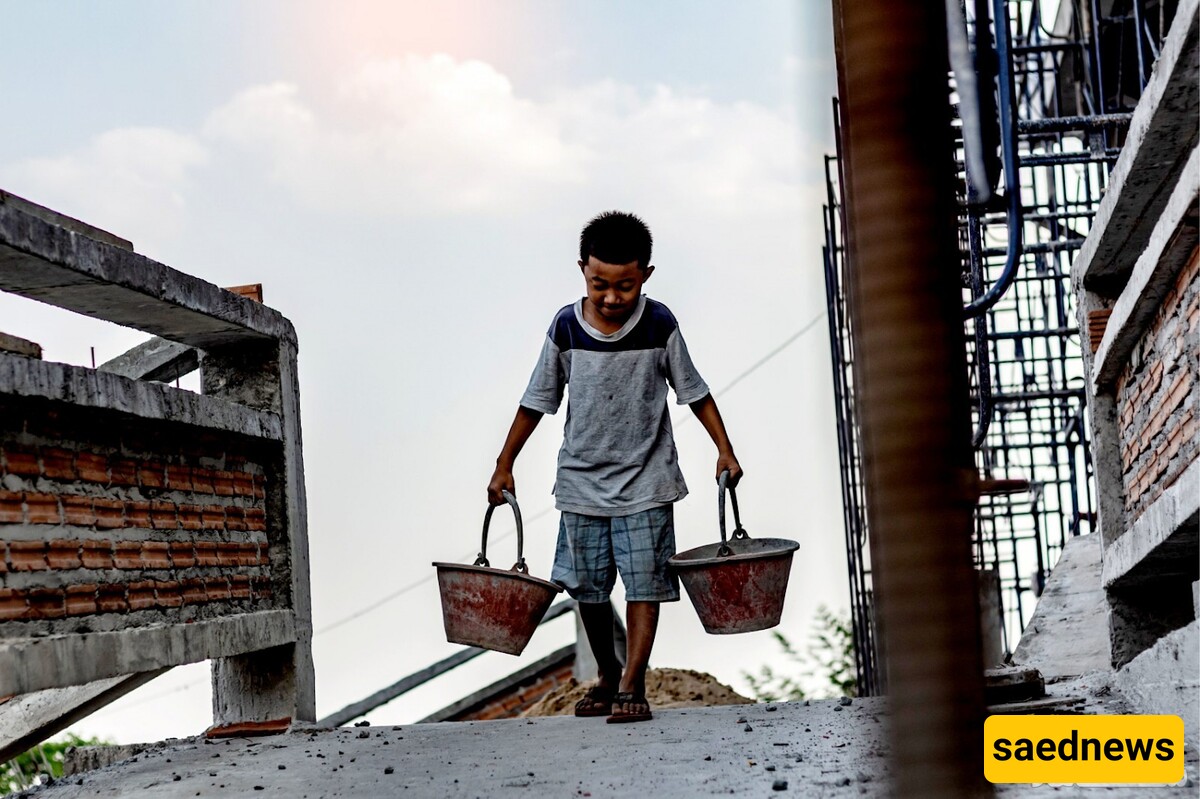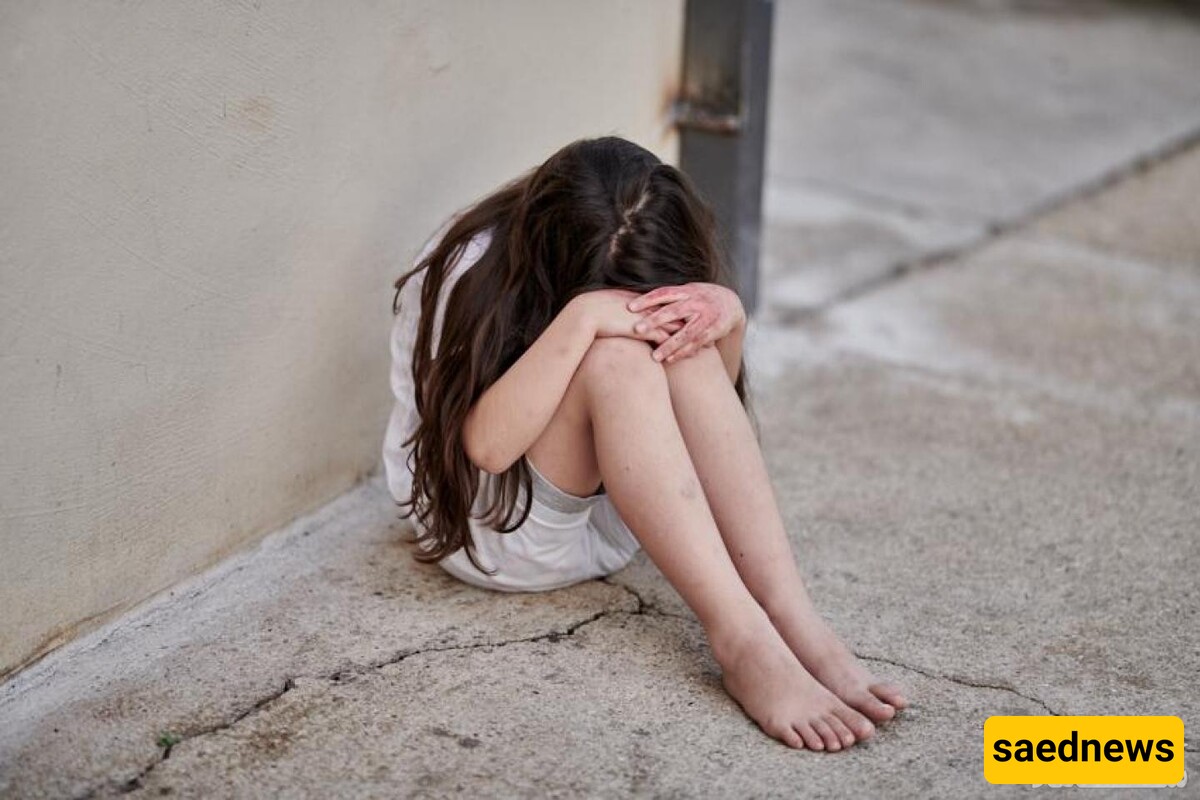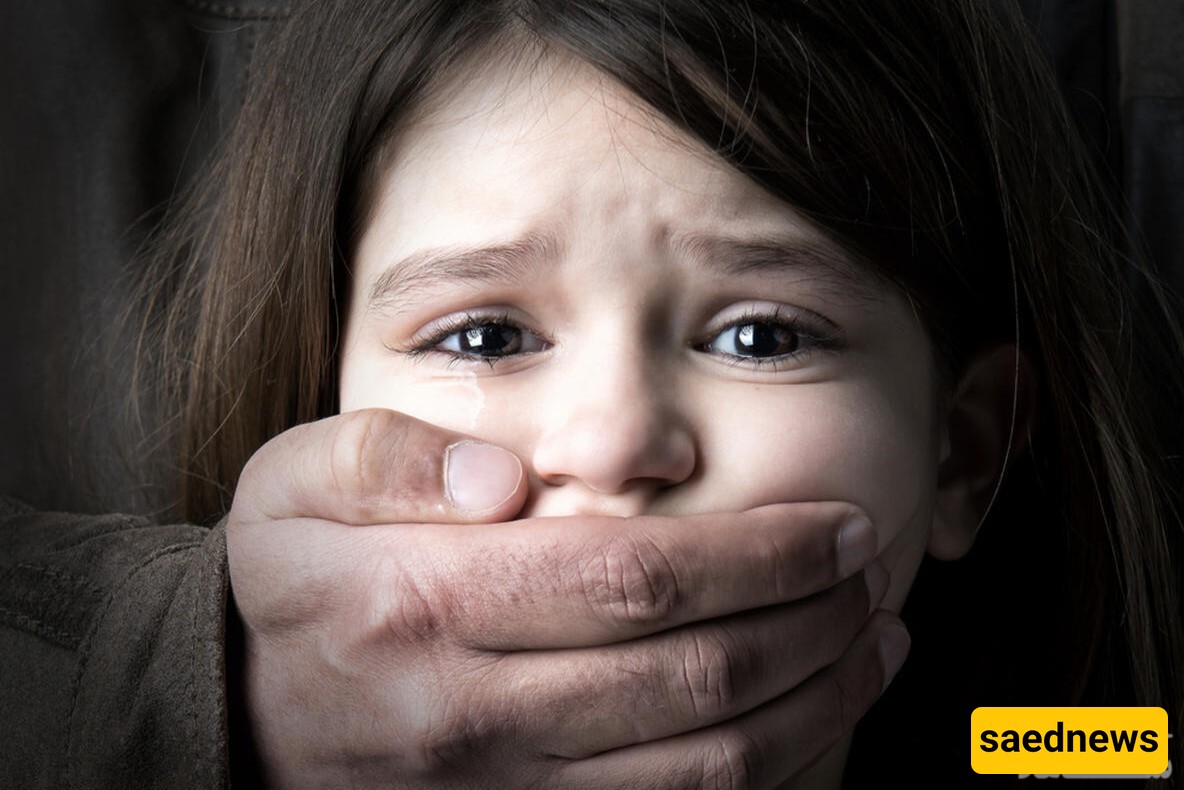The causes of child abuse vary and manifest differently across families and societies. This article discusses various forms of child abuse, including physical, emotional, neglect, sexual, and economic abuse.

All human beings, when first born, are weak and incapable of taking care of themselves, making parental care essential. If this care and support are not provided correctly, the child will face difficulties in all stages of life.
Children who lack parental support, experience mistreatment from their parents, or have their needs ignored often suffer abuse. Such children may later struggle with issues like low self-esteem and lack of progress in social, personal, and spiritual aspects.
Children who have been abused or neglected by their parents may face numerous challenges in adulthood and struggle to play an effective role in society.
Any physical aggression by parents or caregivers, emotional neglect, sexual exploitation by relatives or parents, or disregard for a child's needs is considered child abuse. These can lead to consequences such as developmental and health disorders, as well as difficulties in accepting responsibilities, social interactions, trust, and personal strength.
According to the World Health Organization (WHO), child abuse is categorized into:
Physical Abuse
Sexual Abuse
Neglect
Emotional Abuse
Economic Abuse
Physical abuse includes harm such as hitting, burning, head injuries, fractures, internal injuries, wounds, or any other form of bodily harm. Generally, physical abuse consists of injuries like burns, fractures, blows to the head, internal damage, wounds, and other forms of bodily harm that persist for at least 48 hours.
Psychologists and psychiatrists believe that corporal punishment and physical abuse are ineffective methods of discipline. They only produce temporary effects and lead to increased violence, resentment, and a desire for revenge in children. Such punishment can also instill fear and damage a child's self-confidence.
Emotional abuse includes blaming, scaring, mocking, excessive control, verbal threats, ridicule, humiliation, scapegoating, and deliberately depriving a child of essential needs. This form of abuse results in behavioral, cognitive, emotional, or psychological disorders. It occurs not only in financially struggling families but also in relatively affluent households.

Studies show that emotional abuse is more prevalent among girls and firstborn children than among boys and younger siblings. Unfortunately, many parents do not recognize these behaviors as child abuse.
Neglect means failing to meet a child's needs and is divided into three categories: physical, educational, and emotional.
Physical neglect: Lack of healthcare, abandonment, poor nutrition, inadequate clothing, and poor hygiene.
Educational neglect: Allowing a child to skip school, failing to enroll them in school.
Emotional neglect: Lack of emotional support, exposing the child to domestic abuse, allowing them access to drugs and alcohol, withholding affection, and displaying domestic violence in the child's presence.
Cultural poverty and parents' ignorance about children's educational needs and rights often lead to child abuse.
Sexual abuse includes any sexual interaction between a child and an adult that the child does not consent to. This covers a wide range of actions, from exposing one's genitals to a child, forcing a child into prostitution, using them in pornography, to engaging in sexual intercourse with them. Sexual abuse also includes rape and sexual exploitation. It is recognized as a form of sexual violence against children.

Economic abuse involves exploiting a child to generate income without allocating those earnings to the child. This includes forcing a child into labor, begging, or any other form of child labor exploitation.
Recognizing child abuse is not always easy. Abused children often fear reporting their suffering because they worry about being blamed or not being believed. Additionally, the abuser may be someone they love and want to protect. Parents may also fail to recognize the signs of abuse, as they may not want to confront the painful reality.
If there is any suspicion of sexual abuse, the child must be examined by a specialist as soon as possible. Immediate access to professional support and treatment is crucial for any abused child. A medical examination should never be delayed, as many signs of sexual abuse are temporary. Ideally, an examination should be conducted within 72 hours of the incident or the first observation of symptoms. A complete physical examination is necessary to identify any signs of physical or sexual abuse, which often occur together.
The longer the abuse continues, the lower the chances of the child fully recovering physically and mentally.

